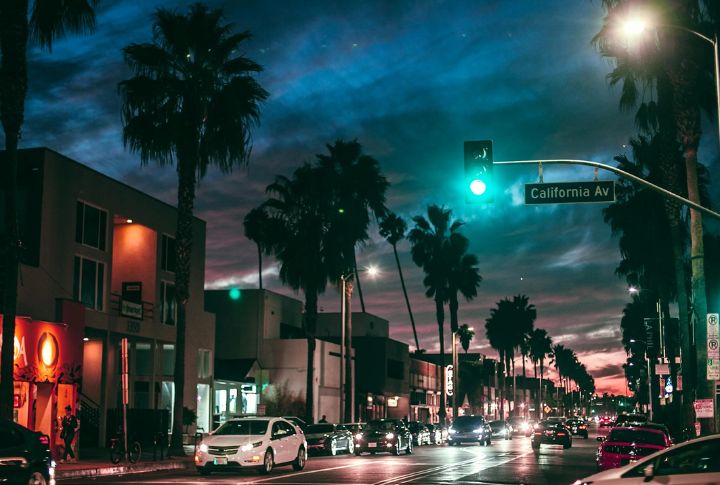
Some states don’t just speak Spanish—they hum with it. Tortillas puff up on roadside grills. Banda music spills out of backyard speakers. What’s considered culture elsewhere is just Tuesday here. The borders haven’t changed, but the way life feels in these places absolutely has.
California
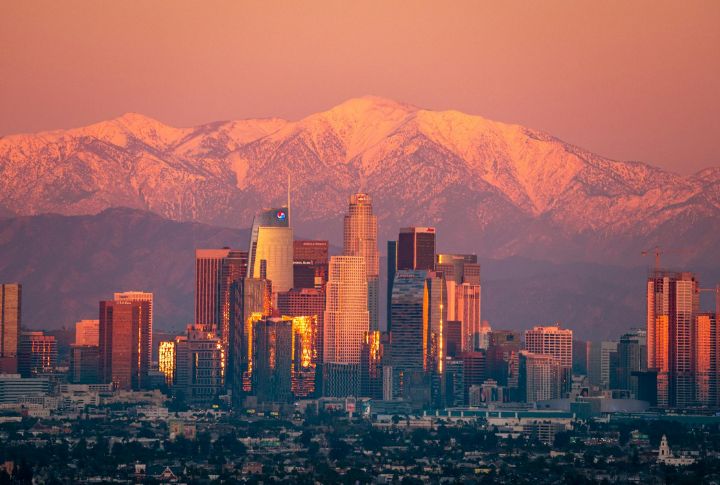
California has more than 11 million Mexican-Americans—the largest number in the country. Neighborhoods in cities like East Los Angeles and Fresno reflect this heritage through Spanish-language signage and mariachi performances that celebrate multigenerational presence.
Arizona

In Arizona, Mexican culture is painted on murals and simmered in every street taco. Nearly one-third of Arizonans trace their roots to Mexico, and it shows in everything from family recipes to Spanish-language radio buzzing through the desert air.
Nevada
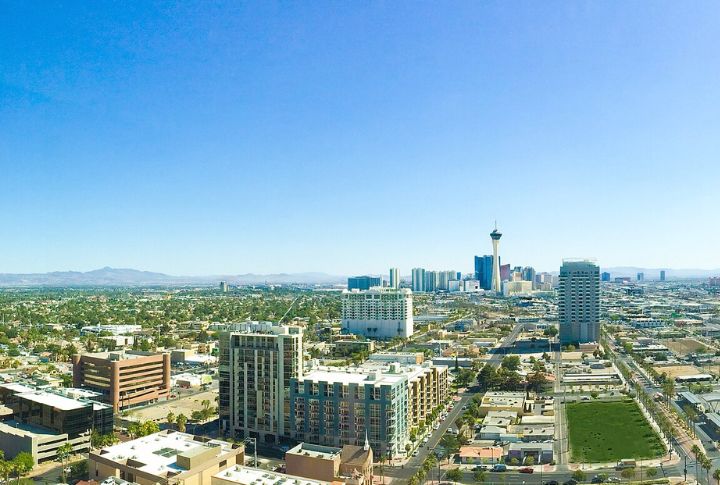
Nevada’s charm goes beyond gambling and nightlife. About one-third of residents are Hispanic, and a significant number celebrate Mexican ancestry. In cities like Las Vegas and Reno, carne asada, mariachi, and vibrant festivals make Mexican traditions a flavorful part of daily life.
New Mexico
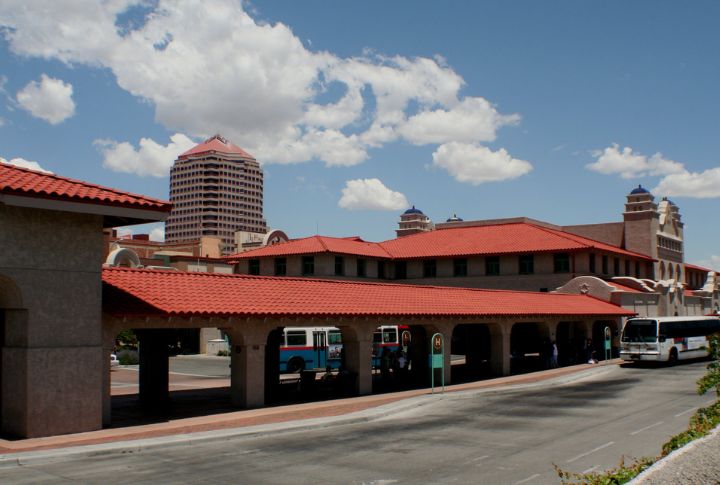
Around half the people here are Hispanic, mostly with roots in Mexico or Spain. That’s why you’ll hear Spanish in daily conversation, not just in classrooms. A lot of homes still have Catholic altars with candles and family photos. Folklorico isn’t just for shows—kids learn it in school, and it’s part of local festivals people actually go to.
Illinois

Little Village’s panaderias and bilingual signage reflect deep cultural roots built over generations. Illinois is home to over 1.6 million Mexican-Americans, many of whom arrived through labor migration in the 20th century. Today, they sustain vibrant communities through festivals and cultural organizations statewide.
Colorado
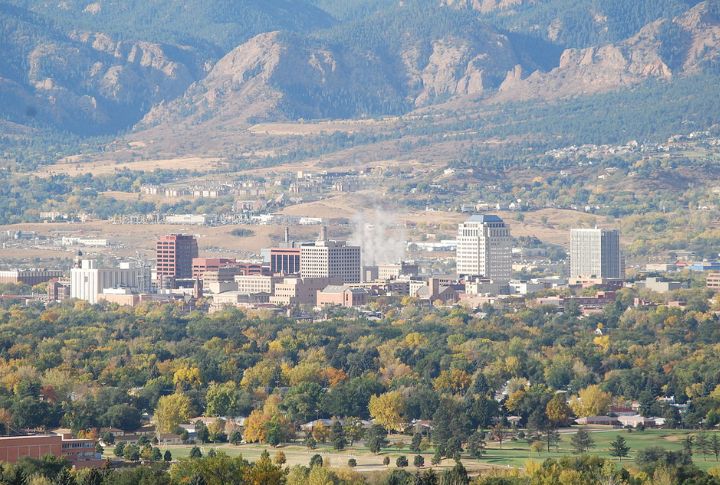
Walk through Pueblo or Denver, and you’ll find Mexican pride stitched into banners and spun into music echoing through block parties. With over 20% of residents sharing Mexican heritage, the culture is part of Colorado’s core.
Florida
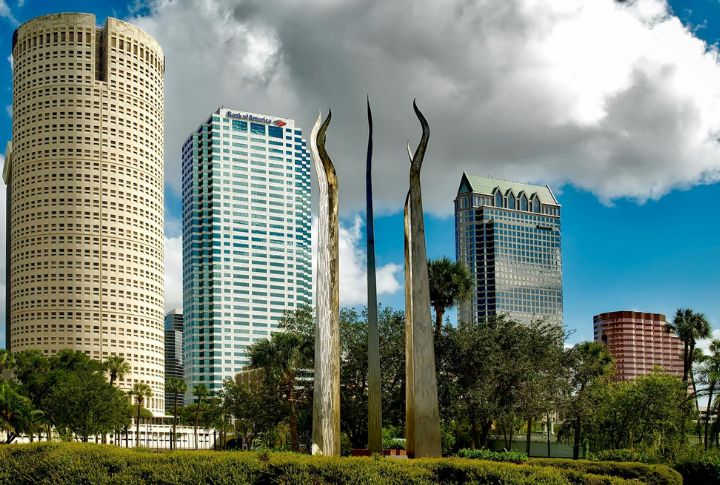
In towns like Immokalee and Homestead, Mexican-American communities have built strong foundations, especially among farmworkers. Unlike much of Florida, where Cuban and Caribbean influences are more common, these areas highlight Mexican heritage through traditional family-run businesses, and the kind of close community ties where everyone really does know your abuela.
Texas
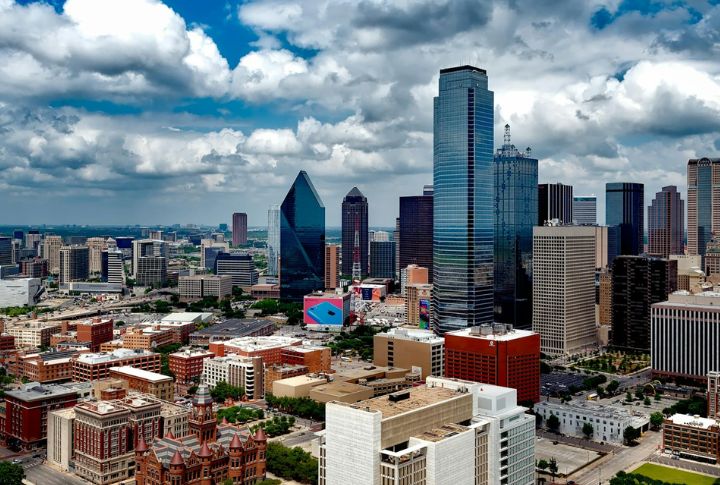
More than 10 million Mexican-Americans live in Texas. It’s the second-largest Hispanic population in the country. You’ll see it in the taquerias, the Spanish spoken at home, and the weekend quinceaneras that fill backyards with music and family. This isn’t occasional—it’s daily life.
Washington
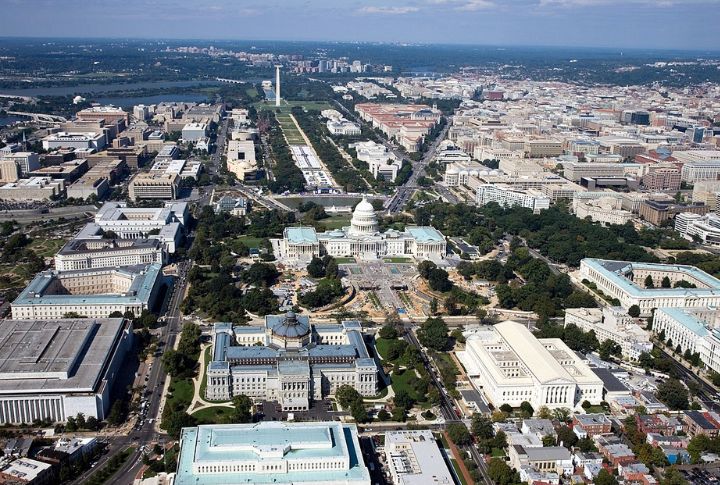
Washington’s Mexican-American community thrives in agricultural regions like Yakima and Pasco due to deep roots in farm labor. Traditions endure through events like Yakima’s Cinco de Mayo Festival and Pasco’s Fiesta Grande, where Baile Folklorico and traditional food celebrate culture in community-centered gatherings.
Oregon
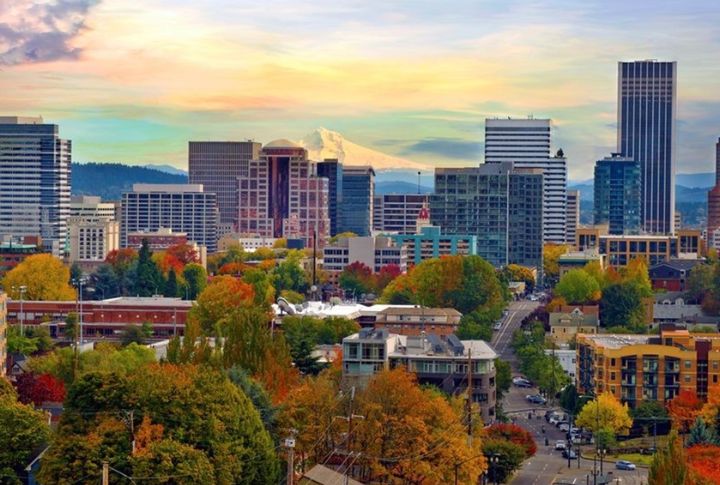
Oregon is home to over 500,000 Hispanic residents, many with ties to Mexico. In Woodburn, children practice folklorico dance after school in handmade costumes. On weekends, families gather at soccer fields where matches turn into neighborhood hangouts. During Fiestas Patrias, streets fill with music and stories passed between generations.
